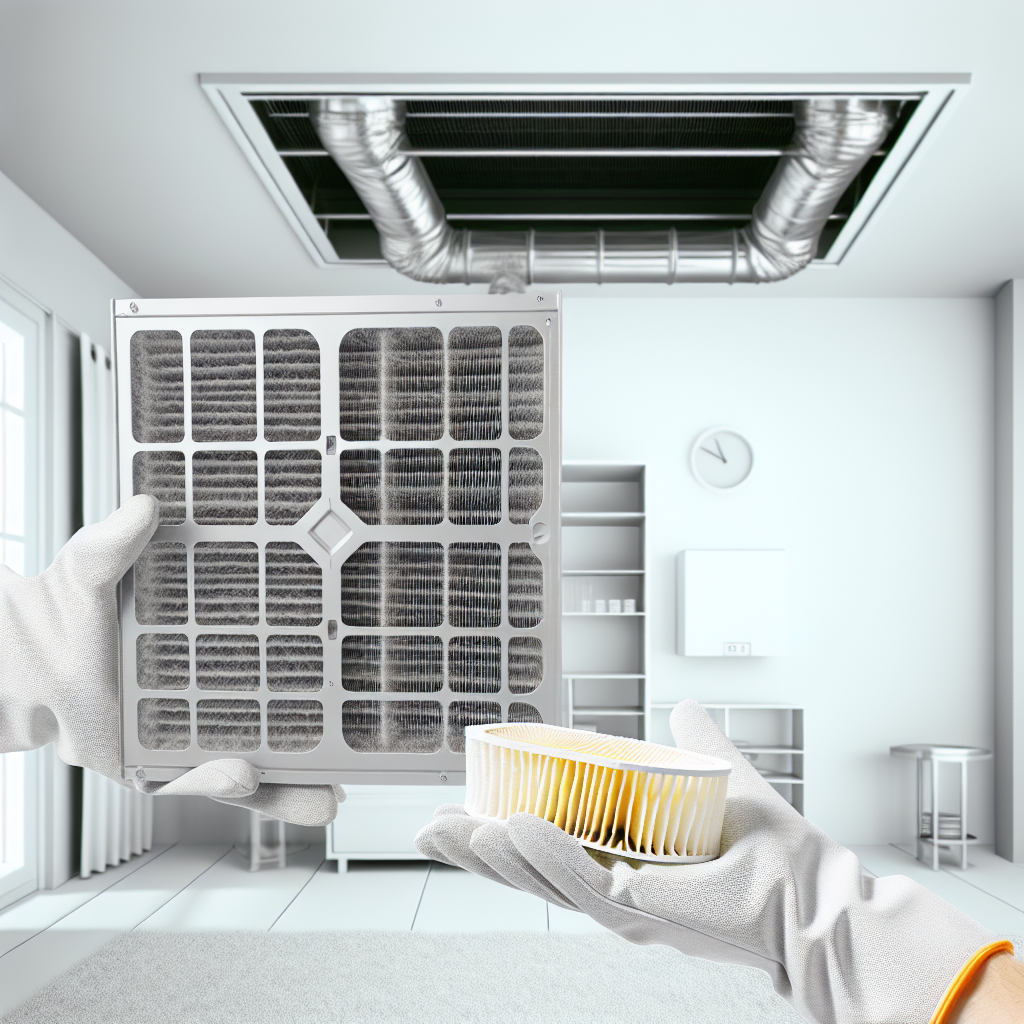Published: Apr 27, 2025

Dust is a common nuisance that can not only make your home look dirty but also contribute to poor indoor air quality. It can exacerbate allergies and respiratory issues, leading to discomfort and health problems. If you're constantly battling dust in your home, here are some tips to help you reduce it and breathe easier.
Regular sweeping, vacuuming, and mopping are essential for reducing dust accumulation on your floors. Use a vacuum cleaner with a HEPA filter to trap small particles and prevent them from being released back into the air.
Bedding, upholstered furniture, and curtains are dust magnets. Wash them regularly in hot water to kill dust mites and remove dust buildup. Consider using allergen-proof covers on mattresses and pillows for added protection.
Maintaining optimal indoor humidity levels between 40-60% can help reduce dust mites and mold growth. Use a dehumidifier in damp areas like basements and bathrooms, and ensure proper ventilation throughout your home.
A high-efficiency HVAC filter can capture more dust, pollen, pet dander, and other contaminants circulating in your home's air. Replace your filter every 1-3 months, depending on the manufacturer's recommendations, to ensure optimal performance.
Prevent dust from entering your home by sealing gaps around windows, doors, and ductwork. Use weatherstripping, caulking, or foam sealant to keep dust out and improve energy efficiency.
Reduce the number of surfaces where dust can accumulate by minimizing clutter in your home. Dust surfaces with a microfiber cloth or electrostatic duster to trap and remove dust effectively.
Pets can contribute significantly to indoor dust levels with their fur and dander. Brush and bathe your pets regularly to reduce shedding, and wash their bedding frequently to minimize allergens.
Consider investing in an air purifier with a HEPA filter to help capture airborne particles and improve indoor air quality. Place the air purifier in frequently used rooms for maximum effectiveness.
Instead of dry dusting, use a damp cloth or microfiber cloth to trap dust and prevent it from becoming airborne. Avoid using feather dusters that can spread dust around.
Schedule annual maintenance for your HVAC system to ensure it operates efficiently and circulates clean air. A professional technician can clean ducts, check for leaks, and optimize your system for better dust control.
By implementing these tips, you can reduce dust in your home, creating a cleaner and healthier living environment for you and your family.
**

Our expert technicians are ready to assist you 24/7!
Contact Us Today!Read our latest articles for helpful information about heating, cooling, and air quality.
Regular HVAC maintenance is essential for improving energy efficiency, extending the lifespan of your system, enhancing...
Read MoreImplement these 10 tips to enhance the air quality in your home, promoting a healthier living environment for you and y...
Read MoreRegular seasonal HVAC maintenance is essential for maximizing system efficiency, ensuring indoor air quality, preventing...
Read MoreSmart thermostats offer energy savings, convenience, learning capabilities, and integration with smart home systems, mak...
Read More